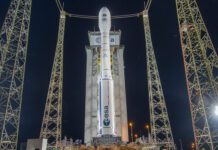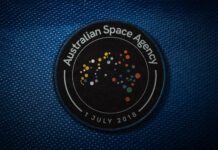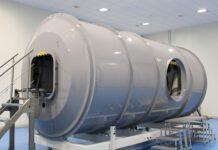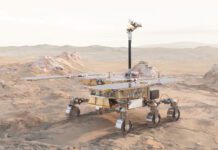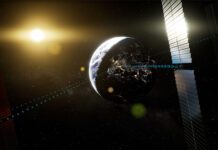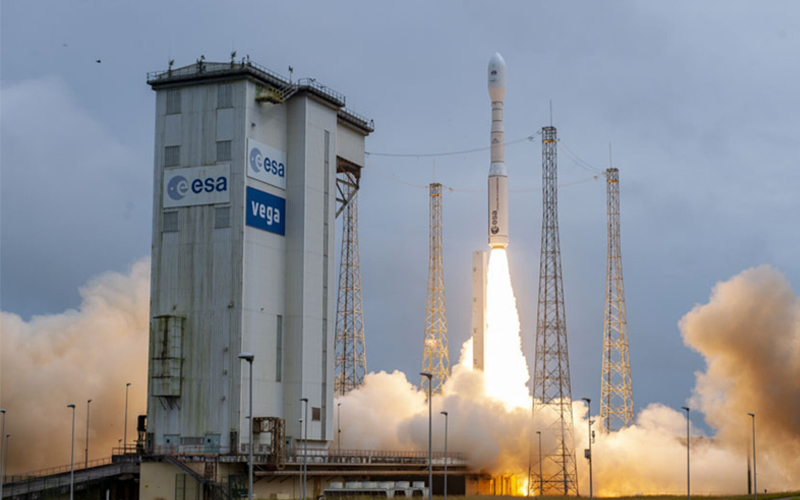
An independent inquiry commission investigating the loss of the Vega C VV22 mission on 21 December 2022 identified a flaw in the carbon-carbon material utilized for the throat insert of the Zefiro 40 second stage nozzle as the root cause of the failure.
The commission has recommended that Avio implement an alternative solution for the Zefiro 40’s nozzle with another carbon-carbon material. The alternative material is manufactured by ArianeGroup and has been utilized aboard Vega’s flight-proven Zefiro 23 and Zefiro 9 nozzles.
This change will, however, take time with the vehicle expected to return to flight by the end of 2023. In order to negate as much disruption to the vehicle’s launch manifest as possible, Arianespace has made the decision to reassign a Vega C mission to one of its two remaining Vega launchers. This mission is expected to be launched before the end of the summer.
“Restoring Europe’s independent access to space is ESA’s priority, and I am therefore glad that we can proceed with Vega launch campaigns while preparing Vega-C to safely return to flight,” ESA Director General Josef Aschbacher
In addition to utilizing an alternative material for the Zefiro 40 engine, the commission also recommended an additional qualification phase of the engine with the alternative material. It has also recommended a “set of actions” aimed at guaranteeing the long-term reliability and sustainability of launcher production.

